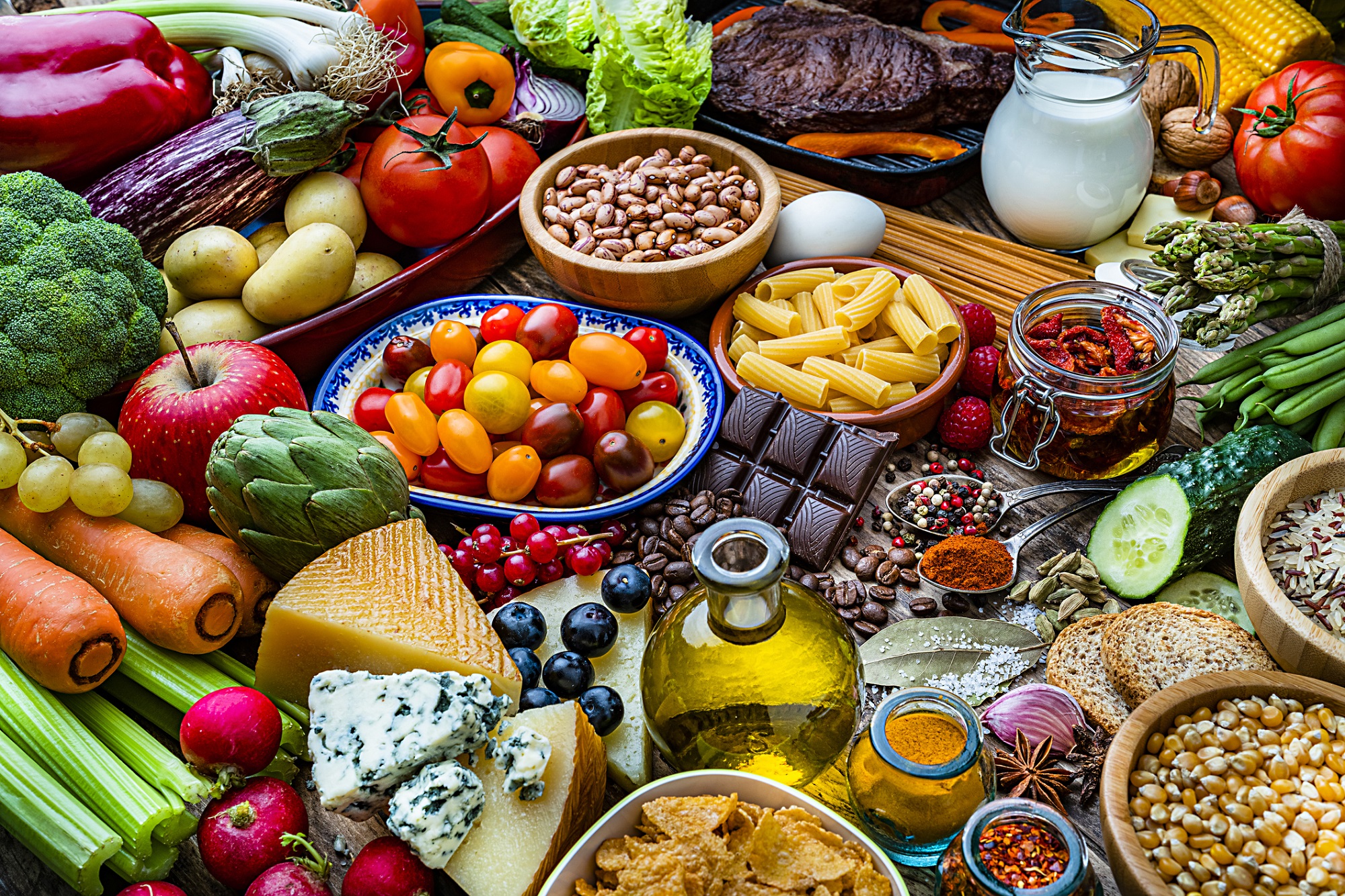In 2024, consumer fragrance preferences are being shaped by broader trends, often in unexpected ways. According to Lauren Goodsitt, Director of Beauty and Personal Care at Mintel, monitoring shifts in the food and drink sector can provide cosmetics and personal care manufacturers with valuable insights into future fragrance trends.
In her report, “Expand Gourmand Fragrances with Sophisticated Notes,” Goodsitt highlights how evolving culinary flavor profiles can help fragrance brands anticipate consumer desires and innovate. A key takeaway from the report is the direct connection between rising food trends and the development of new fragrance offerings in the beauty and personal care space.
Goodsitt urged brands to adopt a broad perspective on consumer preferences by studying how food and drink trends evolve. “Avoid becoming siloed by gaining insight into evolving food and drink consumer preferences,” she advised in the report, encouraging brands to analyze “flavor profiles to predict rising fragrance trends.”
By staying attuned to popular food flavors, fragrance manufacturers can detect emerging consumer desires early. Tools like social listening and market research are essential to ensuring new launches resonate with today’s adventurous consumers and stay ahead of the competition.
Bold combinations: Expanding beyond sweet gourmand notes
While gourmand fragrances have traditionally focused on sweet, dessert-inspired scents, there is growing demand for more complex and daring combinations. Goodsitt’s report highlighted the rise of bolder pairings in the food and drink space, such as sweet and bitter, sweet and sour, and umami-spicy blends, which are expected to gain momentum in the coming years.
These combinations can serve as inspiration for fragrance brands looking to create more sophisticated products.
In the US, 35% of consumers aged 25-34 who have recently eaten desserts or candy agree that “outrageous flavors can be a fun experience, even if they are surprising,” and Goodsitt emphasized the potential for fragrance brands to capitalize on this sense of fun and novelty. “Gourmand fragrance brands have a similar opportunity to pair familiar sweet notes with spicy or sour components in an effort to evoke newness and intrigue,” she explained.
By incorporating spicy or sour notes alongside the traditional sweet ingredients, brands can evoke more dynamic and exciting sensory experiences for consumers, much like the bold flavor combinations gaining popularity in food and drink. This could lead to a new wave of gourmand fragrances that balance sweetness with unexpected complexity.
Tapping into earthy and culturally diverse ingredients
Another major opportunity lies in the growing popularity of earthy gourmand fragrances. Goodsitt’s report suggested that fragrance brands should expand beyond sweet notes and focus on culture-forward ingredients to create more sophisticated scents that reflect a blend of tradition and modernity.
Ingredients like lemongrass and chimichurri, a herbaceous sauce that combines parsley, oregano, cilantro, and red pepper flakes, are becoming popular in the food space and present an opportunity for fragrance innovation.
“Herbs offer an element of culture and also speak well to health-centric narratives,” Goodsitt pointed out in the report. As consumers continue to embrace wellness-focused products, earthy, herb-based fragrances can appeal to both cultural sensibilities and health-conscious values.
This is particularly relevant for manufacturers seeking to differentiate their products through global appeal and unique ingredient stories.
Rice notes for daytime wear
A more niche trend noted in the report is the potential for rice and grain notes in fragrance. Goodsitt linked the rising popularity of rice and grain consumption among US Millennials and Gen Zers to a growing opportunity for fragrance brands to incorporate these notes into formulations, particularly for daytime wear.
“While rice notes in fragrance remain niche, there was an uptick in product launches between 2022 and 2023,” the report stated, suggesting that these accords, known for their softness, could be marketed for daily use. Drawing parallels between consumer food habits and fragrance use occasions offers a fresh marketing angle that fragrance brands can explore.
Leveraging dairy milk’s resurgence in fragrance
An additional opportunity highlighted by Goodsitt stems from the resurgence of dairy milk in the US market, as noted in Mintel’s “Milk and Non-Dairy Milk – US – 2023” report. As food prices rise, dairy milk is experiencing renewed popularity, “bolstered by positive associations with taste, nutrition, familiarity, and versatility,” said Godsitt’s report. Concerns over the ingredients and processing methods of non-dairy alternatives further elevate dairy milk’s reputation for simplicity and reliability.
Fragrance brands can take advantage of this trend by incorporating creamy or lactonic notes into their formulations. Such scents can evoke feelings of comfort, familiarity, and softness—qualities closely tied to the resurgence of dairy milk.
The inclusion of these elements in fragrances can position products to appeal to consumers seeking nostalgia, warmth, and simplicity in their scent choices.
The fragrance industry is at an exciting crossroads, where the blending of culinary trends, cultural narratives, and consumer nostalgia offers limitless potential for innovation. By embracing these shifts and pushing boundaries with new, daring combinations, fragrance brands can capture the imagination of a more adventurous, globally conscious consumer base.
As the lines between taste, tradition, and scent continue to blur, brands have an opportunity to redefine the future of gourmand fragrances in ways that feel both comforting and refreshingly unexpected.

